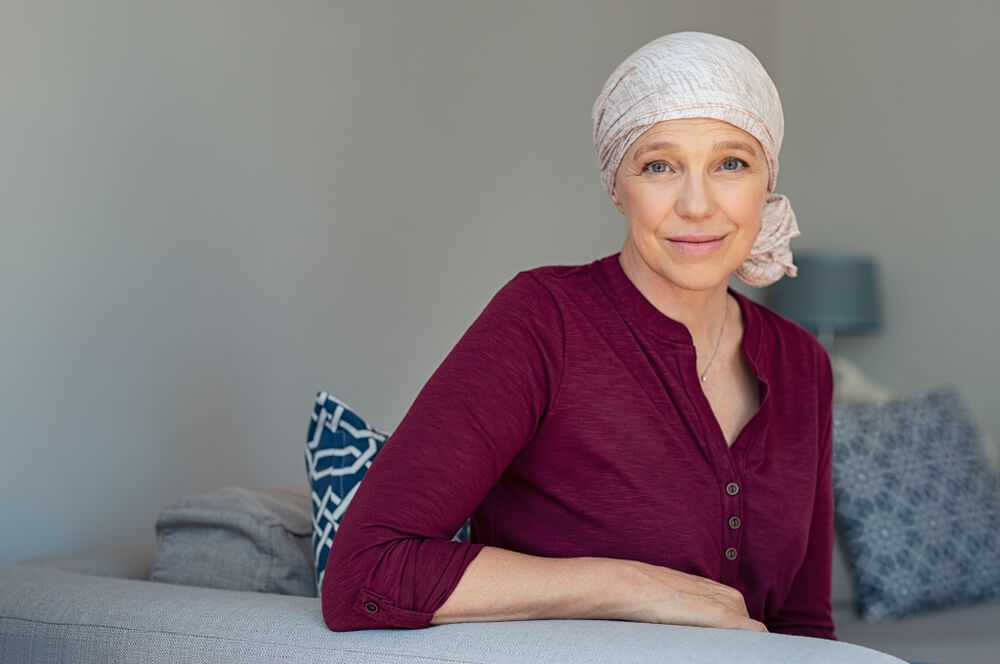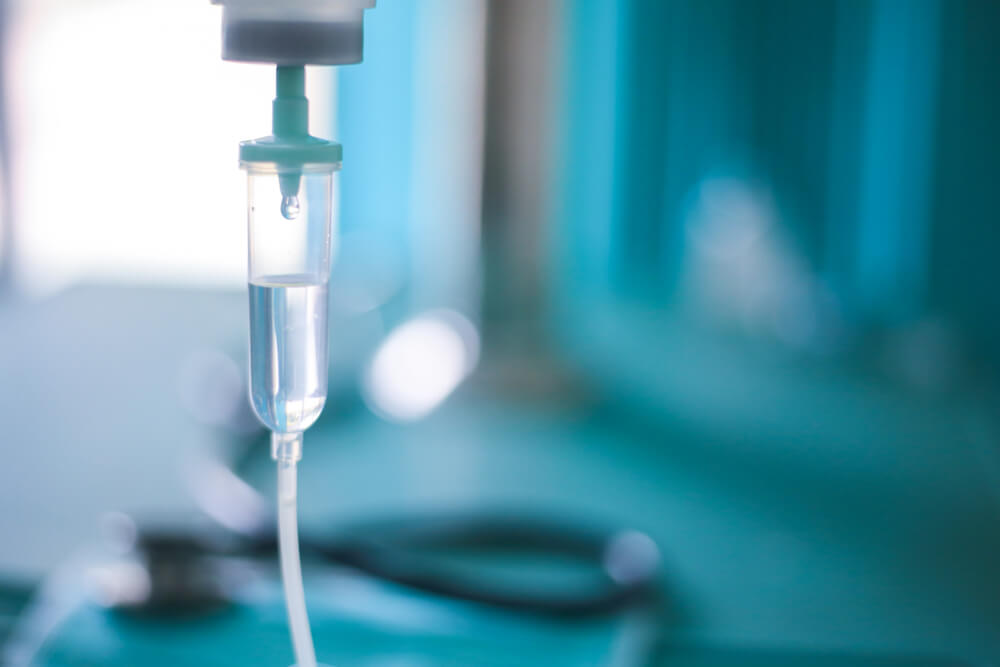Chemotherapy, an essential treatment modality in managing cancer, uses anti-cancer drugs to kill or slow the growth of cancer cells. Its purpose is manifold; it can be used to cure cancer, control its growth, or provide palliative care, easing the symptoms in advanced cancer stages. A potent tool in oncology, chemotherapy is renowned for its intense impact on the disease. Nevertheless, this strength may also result in side effects that can profoundly affect patients’ quality of life.
Understanding how chemotherapy operates involves acknowledging its systemic nature. Unlike surgical interventions or radiotherapy, focusing on specific areas, chemotherapeutic drugs traverse the body, attacking rapidly growing cancer cells wherever they might be found. However, these drugs also impact healthy cells that multiply quickly, such as those in the digestive tract, hair follicles, and bone marrow. This incidental damage to healthy cells precipitates the adverse effects associated with chemotherapy, ranging from hair loss and nausea to more severe complications, such as neutropenia and anemia.
Comprehending and managing these side effects is a critical aspect of cancer care. Health providers, including oncologists like Dr. Omar Rashid, must ensure patients have an accurate portrayal of the anticipated side effects, which differs based on the individual’s health status, the type of cancer, and the specific drugs used. Even as we pursue the ultimate goal of defeating cancer, the necessity of patient care remains paramount, taking into account the taxing effects chemotherapy can exert on the body and spirit.
Common Side Effects of Chemotherapy
The side effects of chemotherapy can be multifaceted, encapsulating a spectrum of physical and psychological repercussions. They tend to vary significantly among patients dependent on several aspects, including the type of chemotherapy, the specific drugs administered, the dosage, the overall health of the patient, and individual responses to treatment. Furthermore, the onset, duration, and severity of side effects differ tremendously.

Physical side effects: hair loss, fatigue, nausea, etc
Several physical adverse chemo effects are well-known, with hair loss from chemotherapy being one of the most recognized. Chemotherapy targets rapidly dividing cells, and since hair follicles fall into this category, patients often experience significant hair loss. Similarly, cells within the digestive tract are affected, inducing chemotherapy-induced nausea and weight loss after chemo.
Chemotherapy toxicity can also lead to anemia and neutropenia, conditions spurred by a decreased number of red and white blood cells, respectively. These can result in fatigue, shortness of breath, heightened susceptibility to infections, and delayed recovery. A less common but significant complication is chemotherapy-induced neuropathy, presenting as numbness, tingling, or pain in the extremities due to nerve damage.
Patients may also face skin problems from chemotherapy, like dryness and rash, as well as fertility issues resulting from the potential harm to reproductive cells. The spectrum of side effects also includes post-chemotherapy symptoms such as continued exhaustion, cognitive changes, and secondary cancers.
Psychological side effects: anxiety, depression, etc
While physical side effects can be considerably distressing, chemotherapy’s impact on psychological well-being is a concern of equivalent importance. The diagnosis of cancer, coupled with the aggressive treatment routine, can engender a wave of emotions, from fear and anxiety to depression and isolation.
The cognitive changes from chemo, colloquially referred to as ‘chemo brain,’ are commonly reported symptoms. Patients may experience difficulties with memory, concentration, and maintaining focus. The fear of these potential side effects, along with the discomfort of ongoing symptoms, can contribute significantly to mental health issues.
Many patients also express concern about their altered physical appearance due to side effects like hair loss and skin problems, leading to diminished self-esteem and body image concerns. Some also grapple with the uncertainty and fear around chemotherapy fertility issues, which might influence their future family planning decisions.
Seeking help from mental health professionals, joining support groups, and maintaining open communication with healthcare teams can play a critical role in managing these psychological side effects. Indeed, taking care of the mind is equally important as treating the body during the arduous journey of cancer treatment.
Lesser-known Side Effects: Not Every Patient Is the Same
Chemotherapy’s side effects aren’t uniform—they can drastically differ among patients depending on several factors. Some of these are routinely discussed, while others are seldom talked about. Despite uncertainties, understanding the breadth of potential complications can meaningfully impact patients’ mental preparedness and coping strategies.
Variations due to the type of chemo, stage of cancer, and patient’s general health
Certain chemotherapy complications are directly linked with the type of chemotherapy administered. For instance, certain treatments may prompt more hair loss from chemotherapy or a higher likelihood of chemo-induced nausea. Others might contribute to specific concerns like skin problems from chemotherapy or chemotherapy-induced neuropathy.
The overall side effect profile also depends significantly on the stage of cancer. Patients with advanced cancer may present heightened vulnerability to chemotherapy toxicity due to accumulated disease burdens and previous treatment regimens. Concurrently, the patient’s general health plays an integral part in influencing the extent of adverse chemo effects. Underlying conditions, such as anemia, diabetes, or kidney disease, could exacerbate chemo-related fatigue or make recovery slower and more strenuous.
Long-term effects and late effects of chemotherapy
Beyond the immediate post-chemotherapy symptoms, patients could experience long-term and late effects post-treatment. Long-term effects, such as persistent chemo-related fatigue, can last for months or even years after the conclusion of treatment. Late effects, on the other hand, develop months to years post-therapy, and sometimes can be severe or permanent.
These effects may include cardiac problems, cognitive changes from chemo, and an increased risk of second cancers, particularly associated with certain chemotherapeutic agents. Specific treatments could result in lung damage, hormonal changes, or chemotherapy fertility issues. Due to these potential risks, oncologists employ chemotherapy with careful consideration, aiming for a balance between effectiveness against cancer and the likelihood of long-term consequences.
Periodic follow-up care, regular screenings, and health evaluations play a critical role in early detection and management of these long-term effects. Patient education about these possibilities and their active involvement in their health management are vital components of comprehensive cancer aftercare.
Proactive Management of Side Effects
While acknowledging the potential for side effects is crucial, it’s equally important to appreciate the variety of strategies available for their management. A multidisciplinary approach involving both the healthcare team and the patient can systematically address both physical and psychological chemotherapy complications, significantly improving patient outcomes and their quality of life.

Role of Healthcare Team and Strategies in Managing Side Effects
The healthcare team plays an undeniable role in presiding over the management of oncology treatment side effects. They have diverse resources at their disposal, ranging from medication to control chemo-induced nausea, to implementing strategies to address anemia from chemotherapy and neutropenia. Moreover, the healthcare team is essential in managing chemotherapy toxicity and monitoring for potential complications.
Ensuring optimal symptom control may sometimes require adjustments to the chemotherapy regimen or dosages. Dermatologic therapies may be prescribed for skin problems from chemotherapy, while interventions like physical therapy and counseling may be recommended for chemotherapy-induced neuropathy and cognitive changes from chemo, respectively.
Physicians, nurses, nutritionists, social workers, and counselors are all integral to the healthcare team, contributing not only to the medical treatment but also to the emotional and supportive care necessary for patients undergoing chemotherapy.
Self-care Tips and Lifestyle Changes for Patients Undergoing Chemotherapy
Alongside medical management, patients can also adopt self-care actions to minimize chemotherapy side effects. A balanced diet and regular exercise—as recommended by the care team—can alleviate chemo-related fatigue and help with weight loss after chemo. Wearing a wig, scarf, or hat could help manage negative feelings associated with hair loss from chemotherapy.
Patients can employ strategies to cope with ‘chemo brain’, such as keeping schedules, setting reminders, and engaging in mental exercises. Joining support groups can provide emotional strength and a sense of community, especially when dealing with issues like chemotherapy fertility issues.
Ultimately, while chemotherapy comes with its set of challenges, proactive strategies and consistent interaction with the healthcare team can significantly bolster the patient’s capacity to mitigate these side effects. In this arduous journey, patients can harness their resilience, knowing they are not alone, and that countless resources exist to help them navigate the road to recovery.
Concluding Thoughts
Chemotherapy, remarkable in its potent ability to combat cancer, often comes with an intricate matrix of side effects, both physical and psychological. Navigating through this labyrinth of side effects begins with open and candid conversations with oncologists and the wider healthcare team. Healthcare providers can offer substantive insights about potential side effects related to specific chemotherapy regimens, and guide patients towards effective symptom management strategies. The synergy between clinicians and patients can then significantly impact the side effect experience, from managing chemo-induced nausea and anemia to handling cognitive changes and skin problems from chemotherapy.
However, it’s necessary to remember that each patient’s experience with chemotherapy is individual and unique. The spectrum of potential side effects does not denote a patient will encounter all of them. Indeed, advancements in oncology treatment side effects management have been significant, with novel interventions designed to minimize these adverse effects continually being researched and implemented.
Despite the meaningful challenges of chemotherapy complications, it is essential to highlight the critical role of hope and resilience in this journey. The balance between treatment efficacy and quality of life remains a constant endeavor, negotiated by healthcare teams, patients, and their loved ones. By fostering an environment of partnership, reassurance, and realistic optimism, the power of effective cancer treatment can be harnessed while preserving patients’ dignity and quality of life.
The journey through chemotherapy can undeniably be a formidable one. It’s marked with arduous battles, personal challenges, and inner strength. The road may stretch uphill, yet every step taken illuminates the strength within each patient, the unyielding pursuit of life, and the profound resilience of the human spirit.


